10 Affordable Smart Home Technologies as Assistive Tools
Empowering Independence on a Budget
Smart home technology has rapidly evolved, offering innovative solutions that can serve as highly effective assistive tools for individuals with disability and older Australians. While many advanced smart devices are available, there's a range of affordable options that can make daily living more accessible and convenient. In this article, we'll explore examples of 10 such smart technologies, highlighting their role as assistive tools in the home.
1. Smart Speakers with Voice Assistants
Voice-Activated Assistance: These smart speakers provide immediate assistance with tasks like setting reminders, answering questions, and sending messages, making them valuable for individuals with mobility or communication challenges.
Entertainment Control: Users can control music, audiobooks, and even their television with voice commands, enhancing entertainment access for those with limited dexterity.
2. Smart Lighting Systems
Customised Lighting: Smart bulbs can be adjusted to different brightness levels and colours through voice commands or smartphone apps, catering to individuals with visual impairments or light sensitivities.
Safety and Navigation: Motion-activated smart lights can illuminate pathways, enhancing safety by reducing trip hazards for individuals with mobility difficulties or vision impairment.
3. Smart Plugs
Remote Appliance Control: Smart plugs allow users to turn appliances on or off remotely via a smartphone app. This is particularly useful for those who face challenges reaching outlets.
Scheduled Device Usage: Devices can be programmed to turn on or off at specific times, ensuring essential appliances like heaters or fans are operating when needed.
4. Smart Locks
Keyless Entry: Individuals with physical disabilities can unlock doors using a smartphone or voice commands, eliminating the need to manipulate traditional locks.
Security and Monitoring: Smart locks often integrate with security systems, providing peace of mind by allowing remote monitoring of entrances and the ability to grant access to caregivers, family members and friends.
5. Smart Thermostats
Temperature Control: Adjusting the thermostat through voice commands or smartphone apps enables individuals with temperature sensitivities to maintain comfort without physical effort.
Energy Efficiency: Smart thermostats can optimise heating and cooling schedules, potentially reducing utility bills and making home environments more sustainable.
6. Smart Cameras
Visual Monitoring: For individuals with mobility limitations, smart security cameras offer real-time visual access to different areas of their home, promoting security and peace of mind.
Notifications: Motion-activated cameras send alerts to smartphones or smart speakers, ensuring users are informed about any unusual activity.
7. Smart TV Remotes
Simplified Navigation: Voice-activated remotes allow users to change TV channels, adjust volume, or search for content effortlessly, benefiting those with limited dexterity or mobility.
Accessibility Features: Many smart remotes offer closed captioning, audio descriptions, and voice-guided menus, enhancing the TV-watching experience for people with sensory impairments.
8. Smart Doorbells
Visitor Interaction: With video and two-way communication, smart doorbells enable individuals to see and communicate with visitors via their smartphone, enhancing accessibility and security.
Delivery Management: Users can instruct delivery personnel or caregivers when they are unable to physically answer the door.
9. Smart Smoke Detectors
Instant Alerts: Smart smoke detectors send immediate notifications to smartphones and smart speakers when smoke or fire is detected, ensuring individuals in the home are aware of potential dangers.
Remote Monitoring: Loved ones or caregivers can remotely check the status of smoke detectors, providing an extra layer of safety.
10. Home Automation Hubs
Centralised Control: These hubs simplify the management of multiple smart devices in a home, allowing users to create custom routines that suit their specific needs and preferences.
Interoperability: Hubs often support various brands and types of smart devices, providing flexibility in device selection and integration to tailor the home environment effectively.
Related article: Can I use my NDIS Funding to purchase smart home technology?
Smart home technology goes beyond convenience; it can significantly enhance accessibility and independence for individuals with disability and older adults. These affordable smart home technologies serve as powerful assistive tools, empowering users to control their environment, improve safety, and streamline daily tasks.
Ultimately, even the best technology should be personalised to individual preferences. If you’re unsure what tech is best for you, then book a Smart Home Assessment and receive a personalised smart home design!


